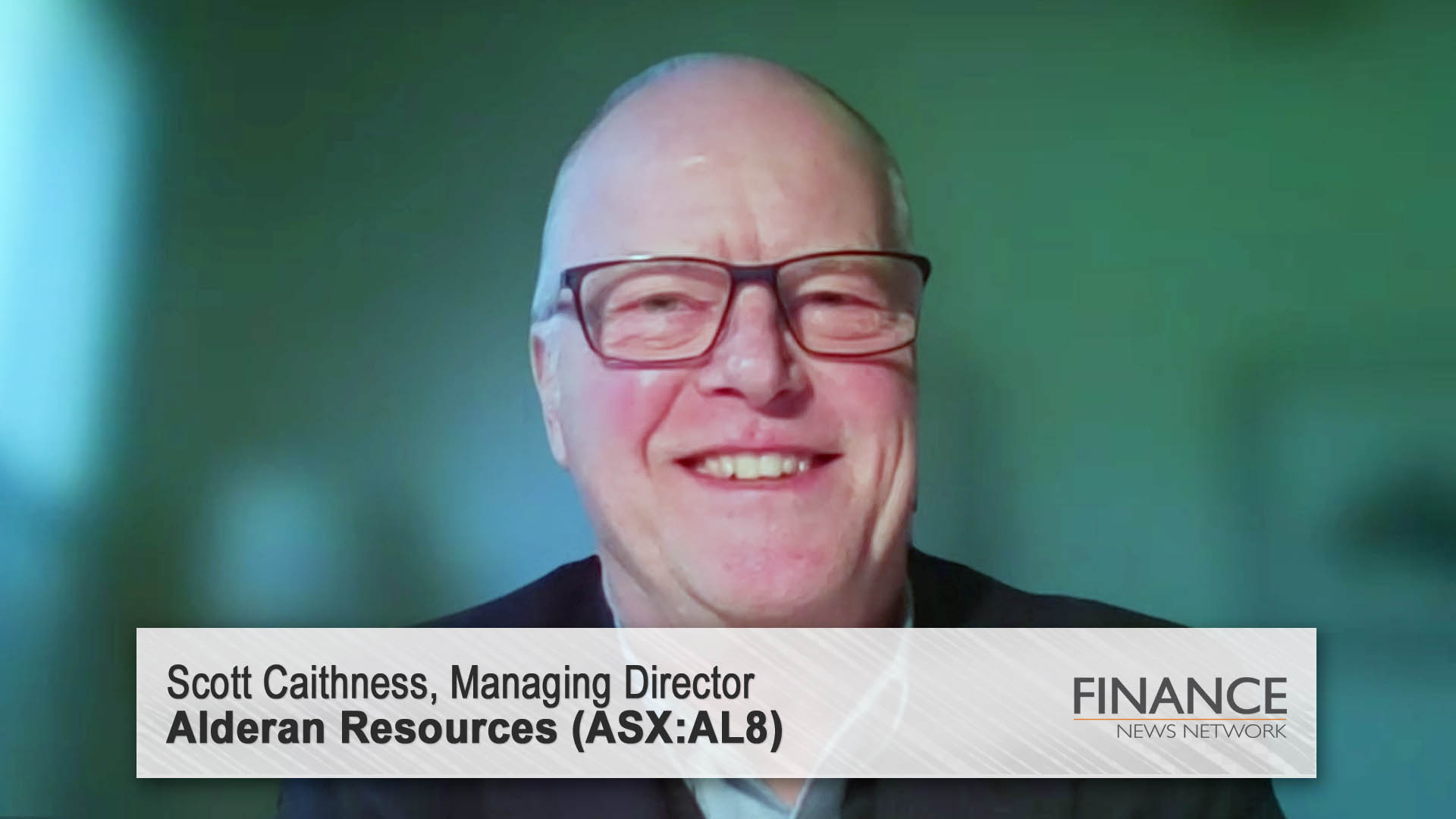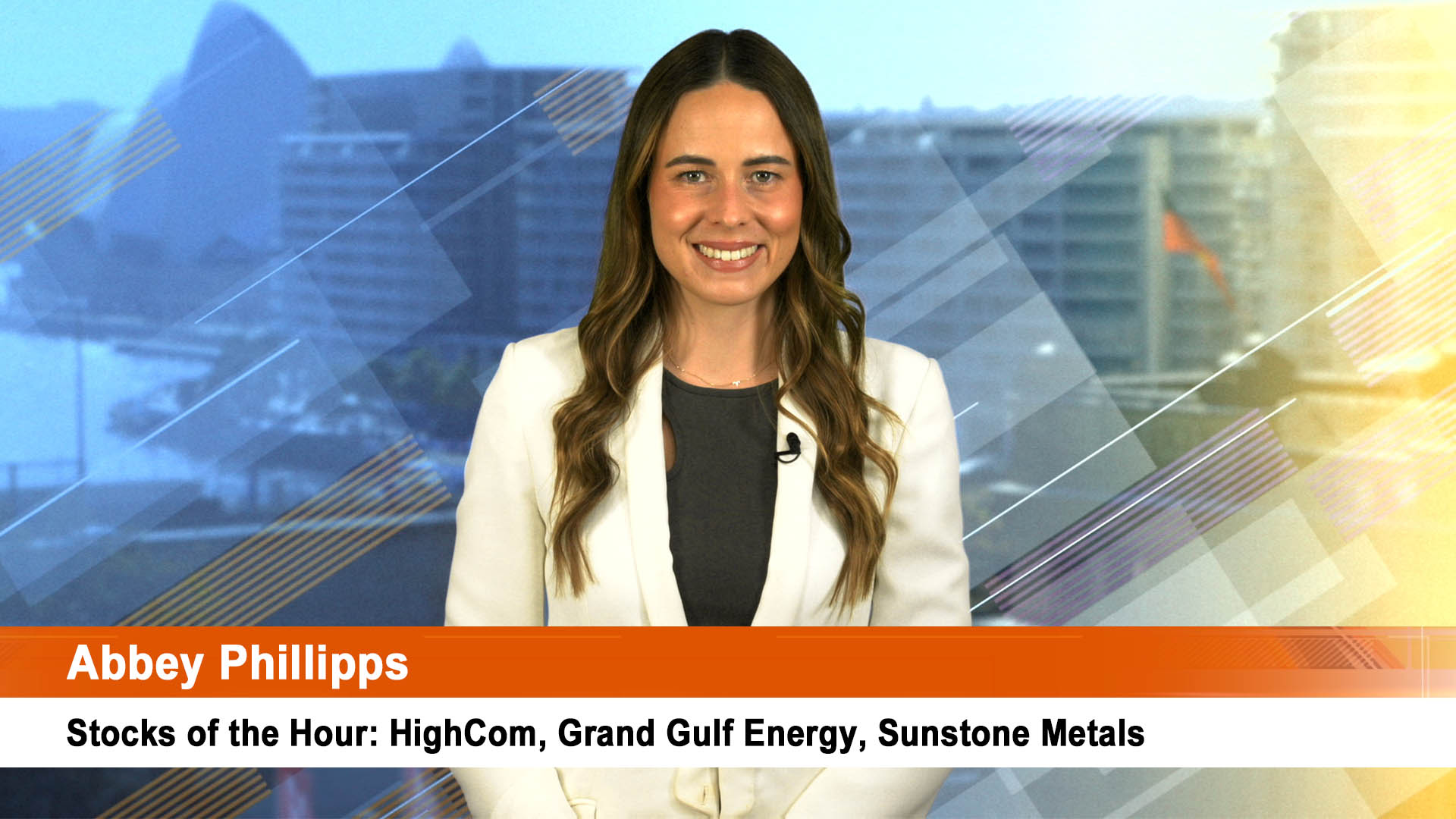The Australian dollar closed at its highest level for more than 2 years overnight Friday of 78.38 US cents, boosted by weak data in the US which has cast doubt on the Fed’s current interest rate policy.
It was the dollar’s best weekly performance since May 2015 and saw the currency up just on 3% for the week.
The greenback sank to new 10-month lows against major currencies after the US Consumer Price Index for June and retail sales for the same month fell far short of market forecasts, raising doubts about the Fed’s current stance on monetary policy.
The Dow and S&P 500 both closed at new records while gauges of global stock markets also scaled fresh highs, capping their best week in more than two months. Oil prices rose 1% and gold was up, as was copper.
The headline consumer-price index was unchanged last month. Economists polled by MarketWatch had forecast a 0.1% increase in CPI.
More importantly, the headline rate of inflation over the past 12 months slowed to 1.6% in June from 1.9% in May, and it is down from five-year high of 2.7% just five months ago. (as are wage costs, currently 2.5%, down from 2.8% a few months ago).
Headline inflation fell 0.1% in June (because of falling energy costs), while the core measure of inflation (which excludes the volatile food and energy costs) rose 0.1% in June. That left core CPI up 1.7%, over the past year, unchanged from the May rate.
Adjusted for inflation, hourly wages for American workers advanced 0.2% in June, but in the past year real hourly pay has risen just 0.8%.
The Fed and Mrs Yellen have made it clear they think the current pace of inflation and weak wage growth are transitory events and wages and inflation will accelerate as the jobless rate falls. But the Fed and Ms Yellen have been waiting for this to happen for years, and it hasn’t.
Inflation has now undershot the Fed’s 2% target for just on five years (60 months).
The 0.2% fall in retail sales was the big surprise and has added to scepticism that the Fed is on top of what is actually happening in the economy.
Wages and inflation are now sharply lower than their most recent peaks, and those peaks which helped drive the two most recent rate rises.
The Financial Times says the weak reports “have thrown into question whether policymakers at the Federal Reserve have been right to see other soft economic data since the start of the year as “transitory”, justifying their decision to forge ahead, for now, on a planned course of interest-rate increases in 2017.”
As a result the FT said the market-implied odds of a third rate increase in 2017 fell below 50% on Friday, “and the dimming prospects weighed on the greenback” and helped the Aussie dollar to 17 month highs.













